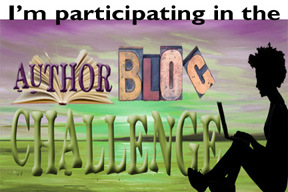So, from the blurb, you can probably surmise that we're dealing with some pretty gnarly illnesses in this book. Cancer, dementia, and obsession are the top three. Why did I go into all that? Honestly, I have no idea. I started this book back in 2014, and none of the things on the pages had come to fruition at that time. I wrote a solid 20k or so, and then I set the MS aside and worked on other things. Then life happened, and I was handed some unique perspective for my story.
Utterances is a culmination of everything I learned during that year-long journey. Because I went through exactly what Simone was dealing with, I could relate to her on a raw level. Tons of the emotional turmoil she goes through is directly linked to things I experienced.
Things like fear of losing someone you love, and thoughts and emotions you have when you believe you have the power to save them as long as you can hold onto something else. The fear of losing that something else and being powerless. It all goes hand-in-hand with the story.
Simone is faced with a tough choice, and I did consider what the average human might do. You'll have to read for yourself to see what she chooses and why.
Anyway, enough of my rambling! On to the pretties! Here's the full wrap cover:
Here's a peek at the inside of the print book:
And here's the information (including the blurb):
Title: Utterances
Author: Jo Michaels
Genre: New Adult Contemporary Fantasy
Length: 77k words
Buy Links: Amazon Kindle $2.99 ~ Paperback $15.99
 Blurb:
Blurb:Simone spent the last two years by her cancer-ridden mother’s bedside. Taking care of her was the number one priority. When Mom suddenly goes into full remission, Simone is left bobbing in an unfamiliar ocean with a young man named Tristan. What happens next is the stuff of fairy tales—and nightmares.
Shocking, heart-wrenching, and insightful, Utterances will make you question everything you thought you knew about self-sacrifice. Award-winning author Jo Michaels pulls reality and the paranormal together in a way never before seen, intensely examining what we call the human condition by diving into the innermost workings of one young lady’s mind.
I hope you grabbed it! If you did, let me know what you think!
Happy reading!
Well, that's all for today, folks! Until next time,
Jo



















